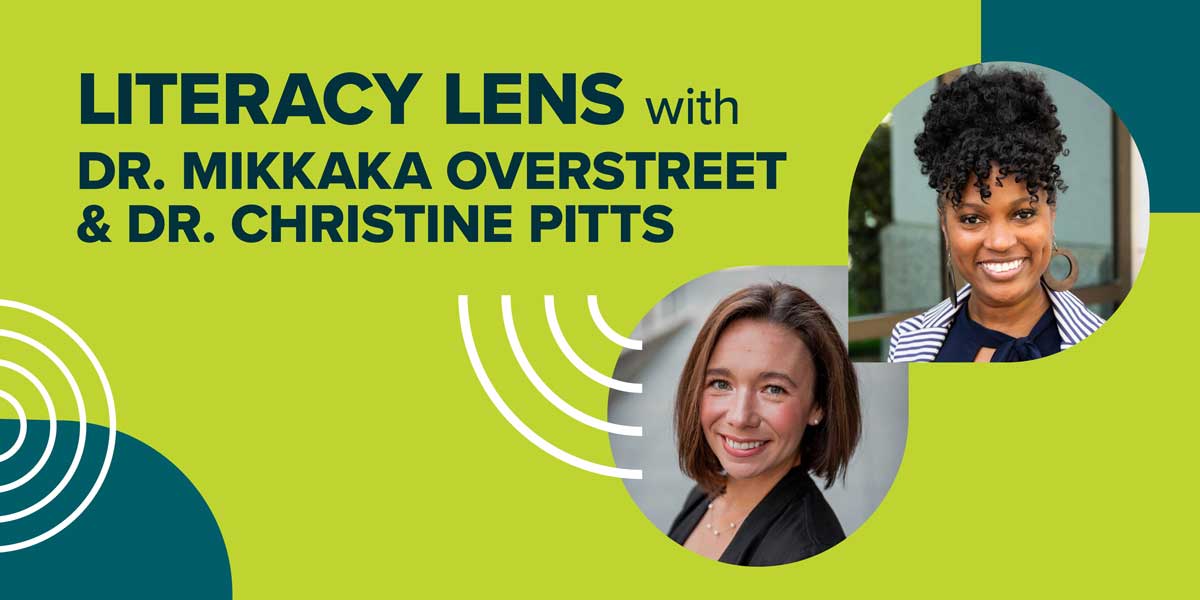Don’t Take Your Foot Off the Gas: Making the Most of Early Literacy Reform

It’s easy to overlook the magnitude of the current early literacy reform effort. As of spring 2024, all 50 states have now passed literacy policies meant to promote widespread adoption of evidence-based practices in grades K–3. We haven’t seen a broad national education movement like this since the rollout of the Common Core State Standards (CCSS) in 2010.
It’s imperative that we maintain this momentum. While we’ve made monumental progress at the state level, we still have much to do at the local level to ensure all children receive high-quality literacy instruction. Implementation is the key.
My colleague Christine Pitts is joining me to coauthor a series of blog posts on this topic. Christine is a leading policy expert who works with various stakeholders in the education sector, including national and state advocates, government agencies, and education service providers. As a former elementary school teacher and reading specialist, Christine is driven by a passion to ensure that all students benefit from high-quality, evidence-based reading instruction.
From Good Intentions to Effective Implementation
On the 2022 National Assessment of Education Progress, only one in three grade 4 students performed proficiently in reading. Likely exacerbated by the pandemic, these scores showed the largest decline in reading since 1990. Despite the best intentions of new policies, frameworks, and standards, many states are learning that changing classroom practice is an arduous process.
The missing link between these state policies and improved student outcomes is effective teaching practices within the context of high-quality curriculum and consistent professional development and training.
Implementation science tells us that it’s typical for new programs to fail. Without proper buy-in, training and support, and progress monitoring, implementation can’t be effective. In the case of literacy reform, teachers and school leaders need significant support to enact true change in classroom practice. The missing link between these state policies and improved student outcomes is effective teaching practices within the context of high-quality curriculum and consistent professional development and training.
Unfortunately, 90 percent of our country’s public school teachers combine self-curated content with their district curricula during instructional planning, resulting in broad variation in quality and validity. Furthermore, the National Council on Teacher Quality found that two-thirds of reviewed teacher preparation programs fail to adequately address phonemic awareness, a critical building block for successful reading. If teachers aren’t adequately prepared during their initial training, receive episodic or insufficient professional development, and are provided with ineffective instructional materials, literacy reform efforts are doomed to fail.
Although teachers have the most impact on student achievement, they’re too often left out of the reform conversation, with lawmakers, state education agencies, and districts making decisions around implementation. Often under-resourced and underprepared, teachers nonetheless bear the most responsibility for ensuring students achieve grade-level reading. As states create and activate their implementation plans for early literacy, they must put teachers at the center by monitoring, measuring, and continuing to improve how teachers are prepared and supported as effective literacy instructors.
Promising State Practices That Center Educators
States that made clear, bold commitments to early literacy and explicitly focused on instructional practice are reaping the rewards today. Since launching a comprehensive literacy plan in 2021, Louisiana has seen significant improvements in reading achievement, with the state’s fourth-graders showing the most growth in the country in reading on the NAEP assessment. Louisiana is one of three states with reading scores that, on average, are higher in 2023 than they were in 2019. The state superintendent attributes this growth to the hard work of its teachers and the widespread use of literacy screeners in grades K–3.
Following in Louisianna’s footsteps, Tennessee worked across governance and leadership levels to design and implement a coherent approach to statewide literacy reform over a five-year period that included the pandemic. The commissioner at the time, Penny Schwinn, made a commitment to align federal pandemic-aid resources with state and local initiatives to ensure that all efforts were driving toward improved literacy instruction and outcomes. Specifically, she focused federal investments on supporting all school districts in making high-quality instructional materials purchases and providing educators with ongoing professional learning and support. For example, the Tennessee Department of Education hosted regional workshops walking district leaders through the evaluation process for choosing quality literacy curriculum. This kind of meaningful engagement across governance levels led to 50 percent more districts choosing state-approved curricula.
Utah, another early leader in literacy reform, set explicit instructional competencies that define how teachers are expected to teach reading. The expectations for each competency include examples of the knowledge (what teachers need to know) and demonstration (what teachers need to do) required to successfully implement science-based literacy instruction. Utah is prioritizing teacher effectiveness by clarifying instructional practices with detail, clarity, and aligned supports.
At a policy level, we must take a moment to celebrate our national commitment to passing early literacy reform legislation in all 50 states. Simultaneously, our state education agencies can move into translation and implementation work by maintaining a steady engagement with school leaders and teachers.
Call to Action
State education agencies cannot let up. We need more, not less, energy committed to grappling with governance, regulatory guidance, funding, and accountability decisions that bring us closer to knowing how to do this literacy reform work and getting it done. For more information on how to effectively implement literacy reform, consider the resources below.



